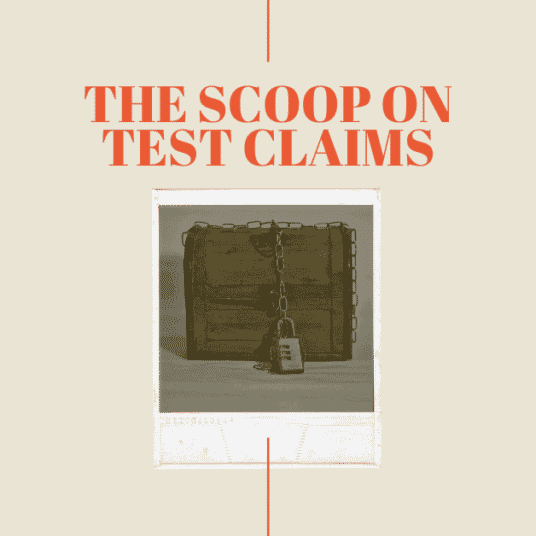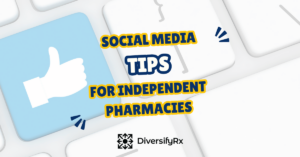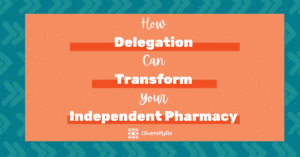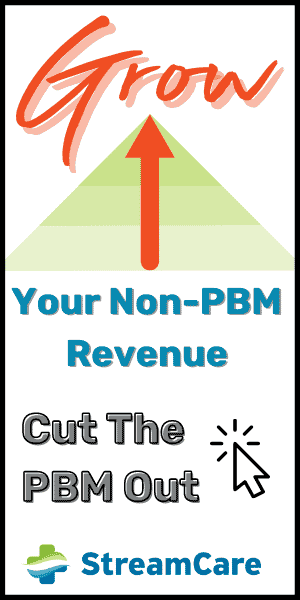The dos and don’ts of pharmacy test claims.
Can I, Should I, How do I…?
Test claim questions are everywhere; it seems.
- Should I submit test claims?
- Will you get audited because of test claims?
- What is a test claim?
While the definition will vary based on who you ask, mine is simple. A test claim is a claim sent by the pharmacy to see the coverage of a particular drug on a patient’s plan, and if it is, what does that coverage look like. To me, test claims are a necessary evil. They aren’t inherently nefarious. If every drug had coverage, none of us would need to run a test claim. But since formularies exist, along with copay tiers and required prior therapies, we as pharmacists never know the coverage of a particular prescription for a specific patient unless we send the claim.
The negative connotation around test claims stems from the language being used by PBMs in their pharmacy manuals and explicitly called out as no-go territory. What I think PBMs are trying to prevent is not the occasional test claim but something else entirely. It is now time to bring up phishing.
Phishing Versus Test Claims
What is phishing? My definition of phishing is systematically sending PBM claims under a patient’s profile to see what the coverage is on that plan, regardless of whether the patient would benefit from the therapy. Often, phishing pharmacies will run through several drugs for the same patient profile to see the coverage for many medications all at once. In my book, phishing is bad; test claims are good. Let’s dive deeper into what I think makes a good test claim versus a wrong phishing claim.
Features of a good test claim:
- A specific patient asks you to check coverage for a particular drug on their plan (thank you direct to consumer advertising for this one).
- A prescriber calls and asks you to check coverage for a specific prescription for a particular patient.
- You have a valid prescription.
- After reviewing a patient’s drug profile, they should be on a different therapy that will result in a better outcome (e.g., side effects, drug interaction), and you need to see if that therapy is covered.
Features of a bad phishing claim:
- Several drugs are tried all under the same patient, and there is no way they could use all of them.
- The same Rx number is on multiple claims.
- You don’t have a valid prescription.
- The patient isn’t made aware of the claim.
- The prescriber isn’t made aware of the claim.
A pharmacy that does test claims correctly should never have to wade into phishing waters. You can stay safe by tracking your claim results. If you billed drug A on plan X and the claim was paid with a $25 copay, chances are the next time you bill drug A on plan X; it will also pay with a $25 copay. By keeping track of your previous claim submissions, you can make some confident assumptions about future claims. For any prescriptions that you want to track (ahem! high-profit Rxs), make sure your staff is required to track these claims.
Doing It Right
If you need to know the drug coverage on a plan, here are some simple steps to make sure you do it right:
- Create a list of patients that have the insurance you are investigating.
- Find a few specific patients that would benefit therapeutically from the product you are researching (you will have to look at their current therapies or diagnosis to make this determination).
- Talk to those patients to see if they would be interested in the new treatment you are investigating.
- Talk to their prescribers to get approval.
- Run your claim and document the results.
These steps may seem like a lot of work, and yes, it is. AND once you do it once for a plan and a drug combo, you should not have to do it again if you track your results correctly. You can create a simple tracking sheet in Google Sheets or Excel. If you want one already made for free, join the free DiversifyRx Facebook group and download it from the files.
Eliminate Pharmacy Test Claims Altogether
Running legitimate test claims isn’t the only way to see what is covered on a patient’s plan. There is another type of check that you can do, which is a benefits claims check. A benefit claims check is NOT a test claim. A test claim returns the amount paid by the insurance. In contrast, a benefit claim check does not give you payment information. It will give you coverage, copay, prior auth, refill too soon, and essentially any other information included in a test claim.
Benefit claims checks are NOT against your PBM contract. You can perform these directly in your pharmacy management software (PMS) if they provide that option. My favorite option is to use EZSCRIPTRx. Their software was designed to leverage benefit claims checks to their maximum potential. They make it easy to understand and to check many drugs and patients in a short amount of time. I highly recommend you check out a demo of their software. They offer the best of both worlds of optimizing your patients’ therapy and staying compliant with your PBM contracts.


















